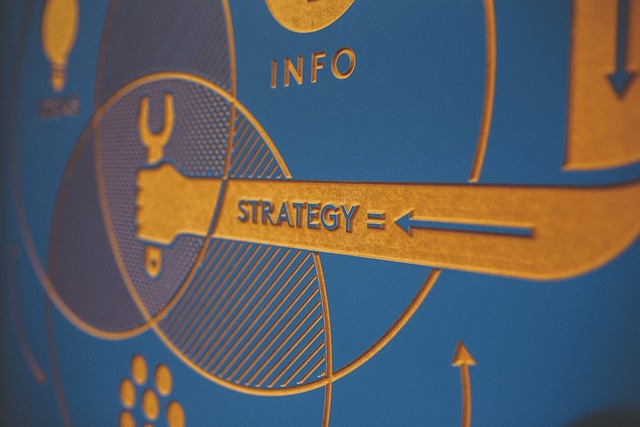Artificial Intelligence (AI) is revolutionizing the way products are designed, developed, and brought to market. From product ideation to manufacturing, AI tools and machine learning algorithms are enabling businesses to streamline product development processes, making them faster, more efficient, and cost-effective. By leveraging AI in product design and development, companies can reduce the time-to-market, enhance product innovation, and ensure better quality assurance. Whether you’re focusing on prototyping, engineering design, or testing, AI is transforming every aspect of product development.
AI in Product Design and Development
AI is making a significant impact in product design by automating processes and enabling more innovative designs. Using AI for product design allows designers to quickly generate multiple design options based on user preferences, market trends, and engineering constraints. Machine learning algorithms analyze vast amounts of data to provide insights into customer needs, making it easier to develop products that meet market demands.
AI-powered design tools also offer features like generative design, which suggests the best designs based on specific inputs. By using AI in this way, companies can accelerate the design phase, explore more possibilities, and ensure they’re staying ahead of the competition. Additionally, AI can automate repetitive tasks such as adjusting designs based on new data, saving time for designers to focus on higher-level creative decisions.
The ability to generate and iterate on designs more rapidly through AI increases efficiency and reduces errors in the product design phase. This leads to products that are better aligned with customer expectations and business goals.
Streamlined Prototyping with AI
Prototyping is one of the most critical stages in product development, and AI is playing a major role in streamlining this process. Traditional prototyping can be time-consuming and expensive, involving physical models, manual labor, and trial-and-error iterations. With AI, the prototyping process can be significantly accelerated by simulating different prototypes in a virtual environment.
AI tools enable rapid prototyping by providing simulations that allow designers to test and optimize products before committing to physical prototypes. AI-driven simulations can predict how a product will perform in various scenarios, helping to identify potential design flaws early in the development process. This reduces the need for costly physical prototypes and speeds up product iterations.
Additionally, AI-powered 3D printing is revolutionizing prototyping by allowing rapid creation of functional prototypes at a fraction of the cost and time. These prototypes can then be tested and refined in real-time, ensuring the final product meets both aesthetic and functional requirements.
AI-driven Product Innovation
AI is a game-changer when it comes to product innovation. By analyzing vast datasets from various sources such as market research, customer feedback, and competitor analysis, AI can uncover insights that would otherwise go unnoticed. This allows businesses to innovate more effectively by creating products that address current market gaps and future trends.
Machine learning algorithms can also predict emerging trends based on consumer behavior patterns, enabling companies to stay ahead of the curve. This predictive capability ensures that businesses are constantly innovating and refining their product lines to meet shifting customer preferences.
AI also helps identify potential improvements for existing products by analyzing performance data and user feedback. This data-driven approach ensures that product enhancements are based on concrete insights, reducing the risk of introducing features that may not resonate with customers.
AI Tools for Faster Product Development
AI tools are designed to accelerate the product development process by automating repetitive tasks and streamlining workflows. These tools allow teams to focus on high-value activities such as ideation and strategic planning, while AI handles tasks like data analysis, market research, and trend prediction.
For example, AI-powered project management tools can help optimize timelines, allocate resources efficiently, and track progress, ensuring that product development stays on schedule. AI tools also help with quality assurance by automating testing processes, identifying defects, and improving product reliability before launch.
By integrating AI into the development process, companies can significantly reduce the time it takes to bring a product from concept to market. The automation of mundane tasks also frees up human resources for more creative and value-adding activities, fostering innovation.
Automating Product Testing and Quality Assurance with AI
Quality assurance (QA) and product testing are integral to product development. With AI, businesses can automate these processes, reducing manual effort and ensuring faster and more reliable results. AI-powered testing tools can simulate various usage scenarios, identify flaws, and suggest improvements to the design.
Machine learning algorithms can learn from past tests and improve their ability to detect issues, allowing for more accurate testing and fewer product recalls. AI also enables continuous monitoring of product performance, even after launch, providing valuable insights into areas for improvement.
Automating product testing with AI not only speeds up the process but also ensures more consistent and comprehensive testing, leading to higher-quality products that meet customer expectations.
Reducing Time-to-Market with AI
One of the most significant benefits of using AI in product development is the reduction in time-to-market. By automating key tasks such as design, prototyping, and testing, AI helps businesses accelerate the entire product development lifecycle. This leads to quicker launches, allowing companies to gain a competitive edge in fast-moving markets.
AI-driven tools also allow businesses to anticipate potential delays and proactively address issues before they become problems. This predictive capability ensures that product development stays on track, reducing costly delays and ensuring products hit the market on time.
In today’s competitive landscape, speed is essential, and AI provides the tools to meet the demand for faster innovation without sacrificing quality or functionality.
Conclusion
Incorporating AI into product development offers businesses a wealth of opportunities to streamline processes, reduce costs, and enhance innovation. From design to prototyping and testing, AI tools are transforming every aspect of product creation. By embracing AI, companies can accelerate their product development cycles, improve quality, and deliver more impactful products to market faster.
By leveraging the power of AI, businesses can ensure that they stay competitive, innovate effectively, and meet the evolving demands of the market. Whether you’re a startup or an established enterprise, AI is the key to unlocking faster, more efficient product development processes.






